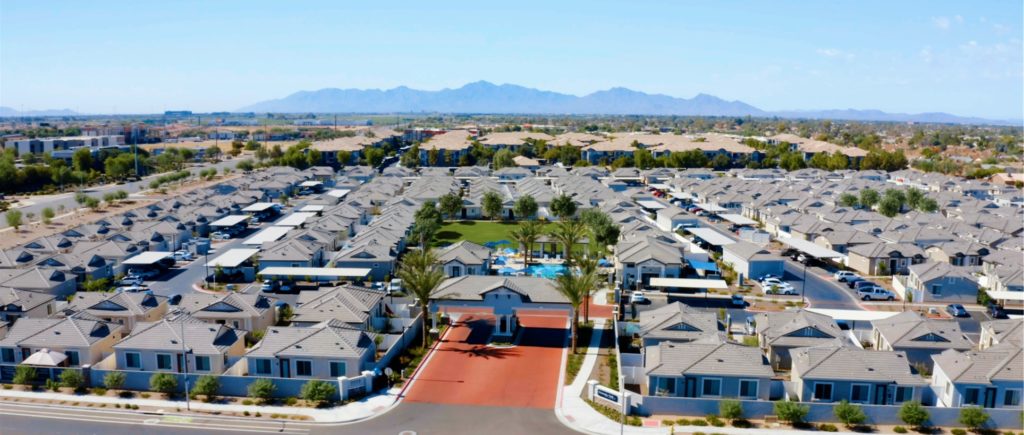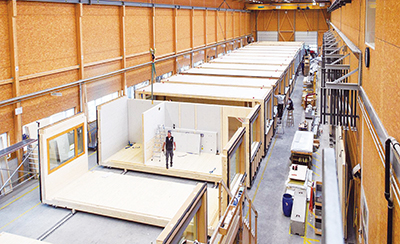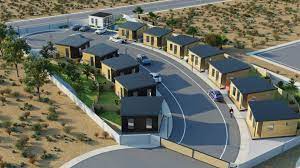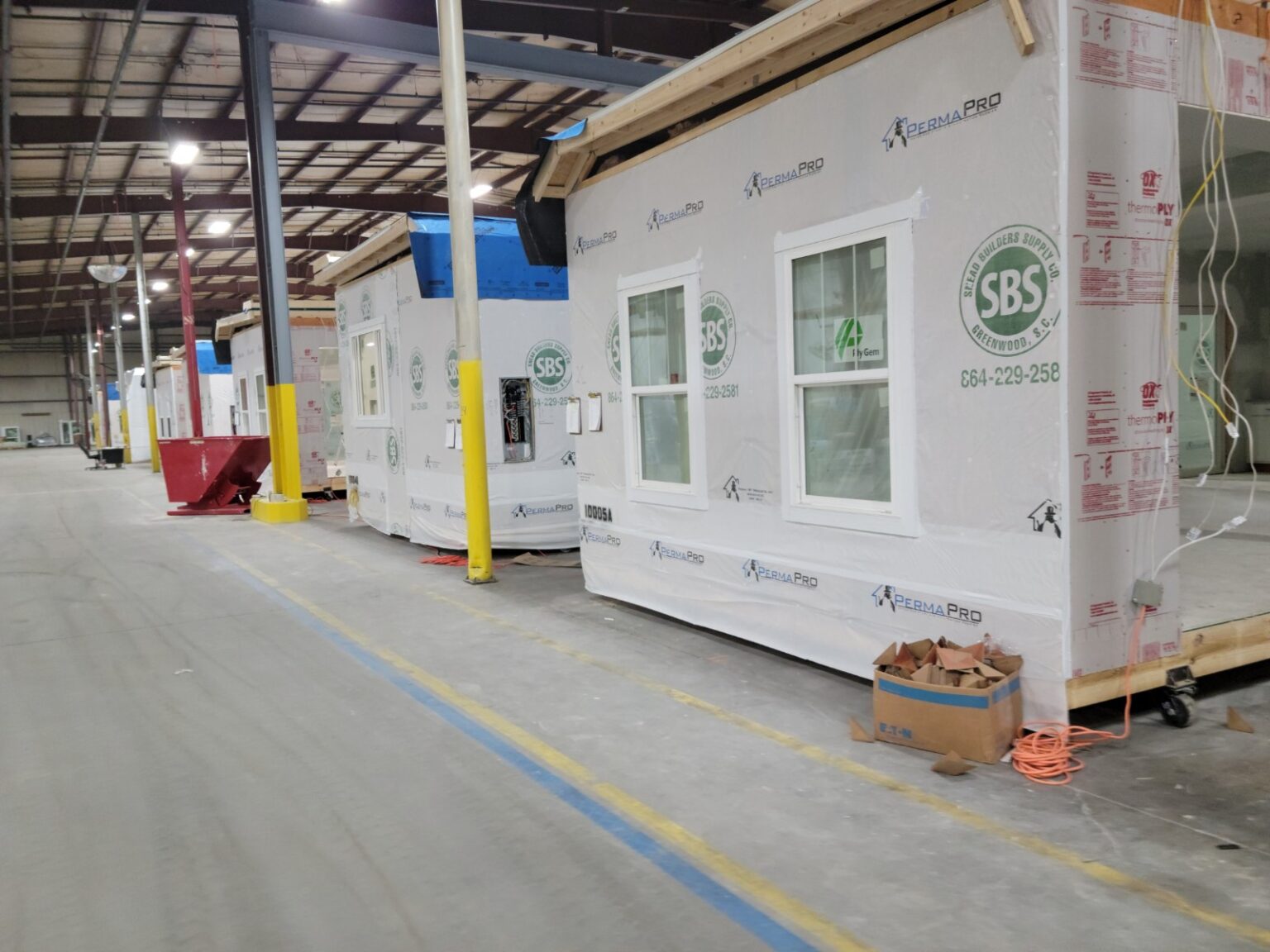Northfield, Minnesota Mayor, Rhonda Pownell, said she wants starter and workforce houses to become more of a priority in the city and is proposing a slightly different way of doing it.
“People call it the missing middle. Nobody builds small homes anymore. The small, cute little ramblers with the one stall garage that you see in some parts of our neighborhoods just aren’t being built. I’m hoping that we as a community can really tackle that and look at how we can move that style of housing forward and meet that need in the community.”

To bring more homes in the Workforce Housing category to Northfield, the city has entered into a Memorandum of Understanding, or an MOU, with the Northcountry Cooperative Foundation to study the idea of creating a cooperative neighborhood of manufactured, modular homes near the Southbridge area in the far Southeast section of the city.
Northfield Community Development Director Jake Reilly said modular homes are created from factory-built panels and constructed on-site. They tend to be far more energy efficient than most starter homes on the market at the moment, and they can be built at a much faster rate than through standard home construction. Reilly said they can be installed at almost any time of the year, and they look like a standard home.

The cooperative neighborhood would be a new idea for Northfield. A co-op neighborhood is typically a corporation whereby the owners do not own their units outright. Instead, each resident is a shareholder in the corporation based in part on the relative size of the unit in which they live.
Reilly said co-ops are common in other parts of the country, and they allow for plenty of individualism within home designs.
Basic Understanding of a Co-Op Neighborhood
A co-op neighborhood, short for cooperative neighborhood, refers to a residential community where the residents collectively own and manage the property and its facilities. In a co-op neighborhood, individuals or families typically purchase shares or memberships in a cooperative housing corporation or association, which entitles them to occupy a specific housing unit within the community.
Here are some key characteristics of co-op neighborhoods:
Cooperative Ownership: Instead of owning their individual units as in traditional homeownership, residents of a co-op neighborhood collectively own and operate the entire property through a cooperative corporation or association.
Share Ownership: Residents purchase shares or memberships in the cooperative, which represent their ownership interest in the entire property. The number of shares typically corresponds to the size or type of housing unit they occupy.
Decision-Making: Residents have a say in the management and governance of the cooperative, often through a board of directors or a democratic decision-making process. Major decisions, such as maintenance, repairs, and budgeting, are typically made collectively.
Monthly Fees: In addition to their share purchase, residents usually pay monthly fees or assessments to cover operating expenses, maintenance, property taxes, and sometimes mortgage payments on the cooperative’s underlying mortgage.
Limited Equity: Unlike traditional homeownership, co-op residents may not accumulate substantial equity in their individual units because they do not own the units themselves. However, they may receive some return on their investment if they sell their shares in the cooperative.
Community Living: Co-op neighborhoods often emphasize a sense of community and shared responsibility among residents. This can lead to a closer-knit community compared to some other forms of housing.
Co-op neighborhoods are relatively common in some urban areas, particularly in cities like New York City, where they offer an alternative to condominiums or single-family homes. Co-op living can be an attractive option for individuals or families who value community involvement and collective decision-making over individual property ownership. However, the rules and regulations governing co-op neighborhoods can vary widely, so it’s important for potential residents to thoroughly understand the specific terms and conditions of the cooperative they are considering.
CLICK HERE to read about this in an article from KYMN
.



